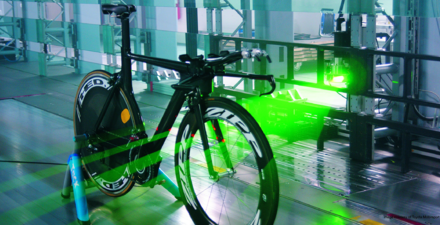The most common PIV setup is probably the two-dimensional, two component PIV (2D-2C): using a single camera, the two planar components of the light sheet can be measured.

The most common PIV setup is probably the two-dimensional, two component PIV (2D-2C): using a single camera, the two planar components of the light sheet can be measured.

The most common PIV setup is probably the two-dimensional, two component PIV: using a single camera, only the planar components of the light sheet can be measured. Hardware wise, it’s the most basic setup possible, which influences the initial costs. As only images of one camera must be analysed, this directly influences the necessary processing time as well. Therefore, this setup is preferred when it comes down to use in real flow situations such as industrial applications, when optical access and measurement time is limited.
Depending on the task at hand, flow medium and region of interest (ROI), it’s possible to use different light sources. A LED Pulsed System (LPS) might already be enough for your small ROI (100x100mm), while you still need the beauty of a high-power laser for bigger areas (e.g. 1x1m).
2D-2C measurements are most versatile when it comes to implementation. Moderate costs and not too much adaptation efforts from your side enable you to get all the qualitative and quantitative flow field information you’re looking for. Nowadays, it might even be faster and easier than you think…